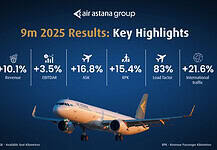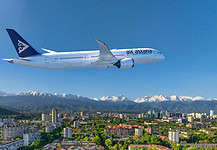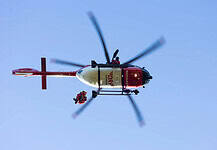
This site is also available on:
Deutsch
In the age of modern warfare technologies, unmanned aerial systems (UAS) are gaining increasing importance – both as a challenge and as a tool of warfare for various nations. Conventional aircraft are now obligated to adapt to these new threats and react accordingly.
A prime example of this transformation is the A-29 Super Tucano fighter jet. This robust and versatile aircraft is continuously expanding its mission capabilities and integrating advanced technologies to meet the demands of modern conflicts. With a clear focus on combating and neutralizing unmanned aerial vehicles (UAVs), the model has established itself as a cost-effective and efficient solution in the field of air defense.
Expansion of capabilities to combat unmanned systems
The A-29 Super Tucano is equipped with a range of new sensors and weapon systems specifically designed for use against modern Unmanned Aerial Systems (UAS). These include special data links that enable the rapid acquisition and precise processing of initial target coordinates. The aircraft utilizes an electro-optical/infrared (EO/IR) sensor suite that employs laser tracking and target illumination to effectively identify and track enemy drones.
Laser-guided missiles and .50 caliber machine guns mounted on the wings are available for neutralizing the target. This interplay of sensors and weaponry defines a novel Operation Concept (CONOPS) that enables current and future A-29 operators to flexibly integrate anti-drone missions into their operational profiles. As an operator of the aircraft, you can thus respond not only to existing but also to evolving threats from unmanned systems.
Multi-mission capability and economic efficiency
The A-29 Super Tucano is distinguished not only by its combat-specific innovation potential, but also by its high versatility and reliability. Designed for operation from unpaved airfields and in challenging terrain, the aircraft is highly valued for its robustness and endurance in a wide variety of environments. The aircraft model has now accumulated over 600,000 flight hours and serves as the basis for numerous missions.
These include advanced pilot training, close air support (CAS), air patrols, air interdiction, joint terminal attack controller (JTAC) training, armed reconnaissance and surveillance missions, as well as border surveillance and air escort. The A-29’s cost-effectiveness throughout its entire life cycle also makes it particularly attractive for armed forces with limited budgets. Twenty-two air forces worldwide operate the aircraft due to these economic and operational characteristics.
Technological advances and future-oriented systems
One of this aircraft’s strengths lies in the integration of state-of-the-art technologies that ensure precise target identification and communication. The human-machine interface (HMI) avionics systems offer intuitive operation and significantly increase operational safety. The robust aircraft’s mechanical stability supports operation even in areas with limited infrastructure.
Furthermore, maintenance requirements are to be reduced, and the long-term availability and structural integrity of the aircraft are to be ensured. The combination of advanced sensors, control systems, and robust construction positions the aircraft as one of the most effective platforms in its class, particularly when it comes to implementing flexible air operations in complex threat scenarios.
Conclusion: Expansion of the missions of the A-29 Super Tucano
The expansion of the A-29 Super Tucano’s missions to combat unmanned aerial systems underscores the importance of modern technologies in the defense sector. It demonstrates how innovative sensors and weaponry can adapt even proven aircraft models to current challenges. This opens up significant opportunities for users to effectively target drone threats without requiring substantial investments in new platforms.
The unique combination of versatility, low life-cycle costs, and modern features makes the aircraft the preferred partner for many air forces operating in a constantly evolving security environment. The A-29 system thus exemplifies the combination of proven aviation technology and innovative solutions that meet the demands of 21st-century air defense and diversify your portfolio against unmanned threats.
Furthermore, the aircraft demonstrates that technological advancement goes hand in hand with economic implementation – an aspect that is gaining increasing importance given the complex geopolitical situation. Its ability to cover diverse missions, respond flexibly to new threats, and be ready for deployment at any time makes the A-29 an indispensable tool for modern air forces.

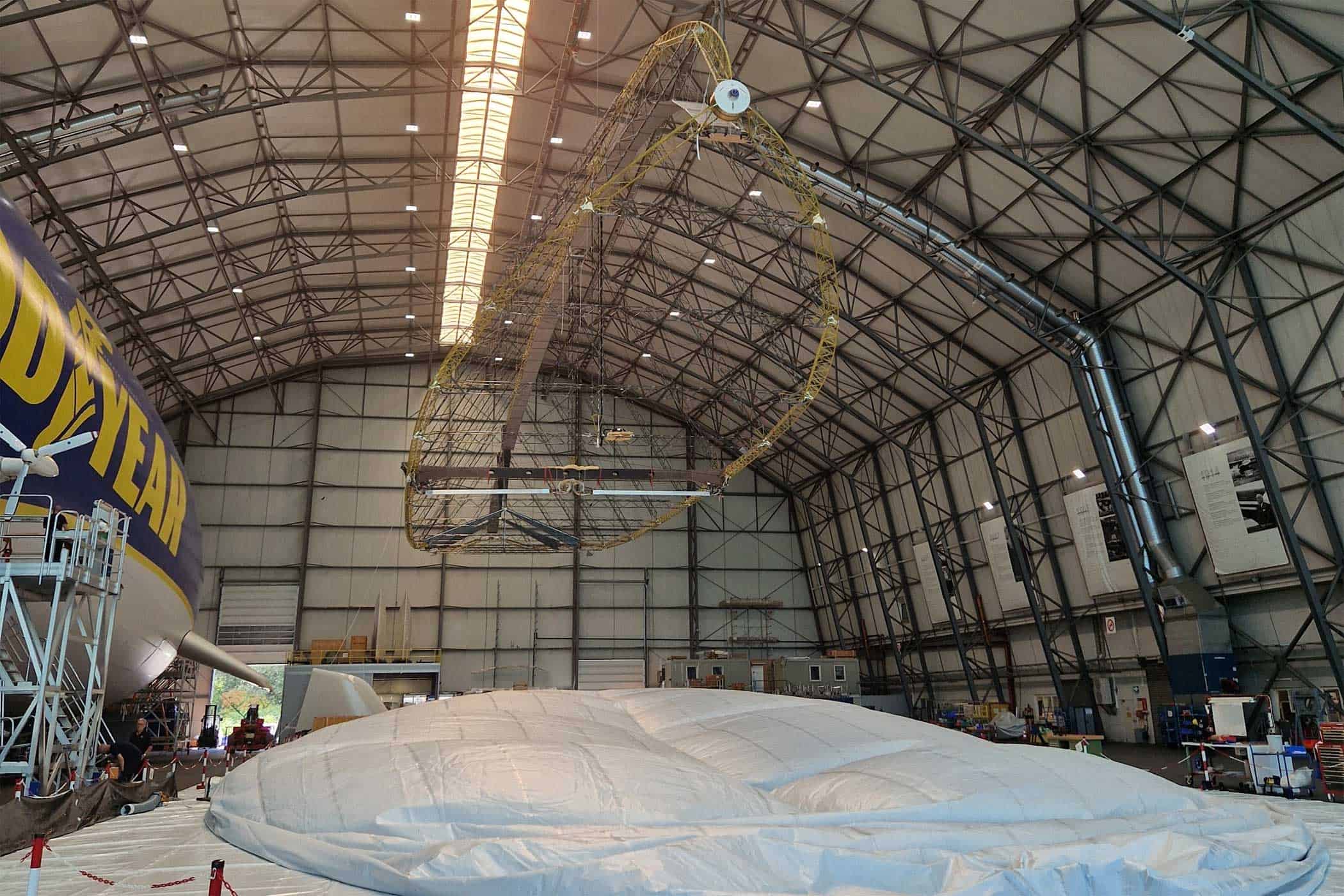 Zeppelin NT airship conquers the skies of the Lake Constance region (Zeppelin NT airship conquers the skies of the Lake Constance region)
Zeppelin NT airship conquers the skies of the Lake Constance region (Zeppelin NT airship conquers the skies of the Lake Constance region)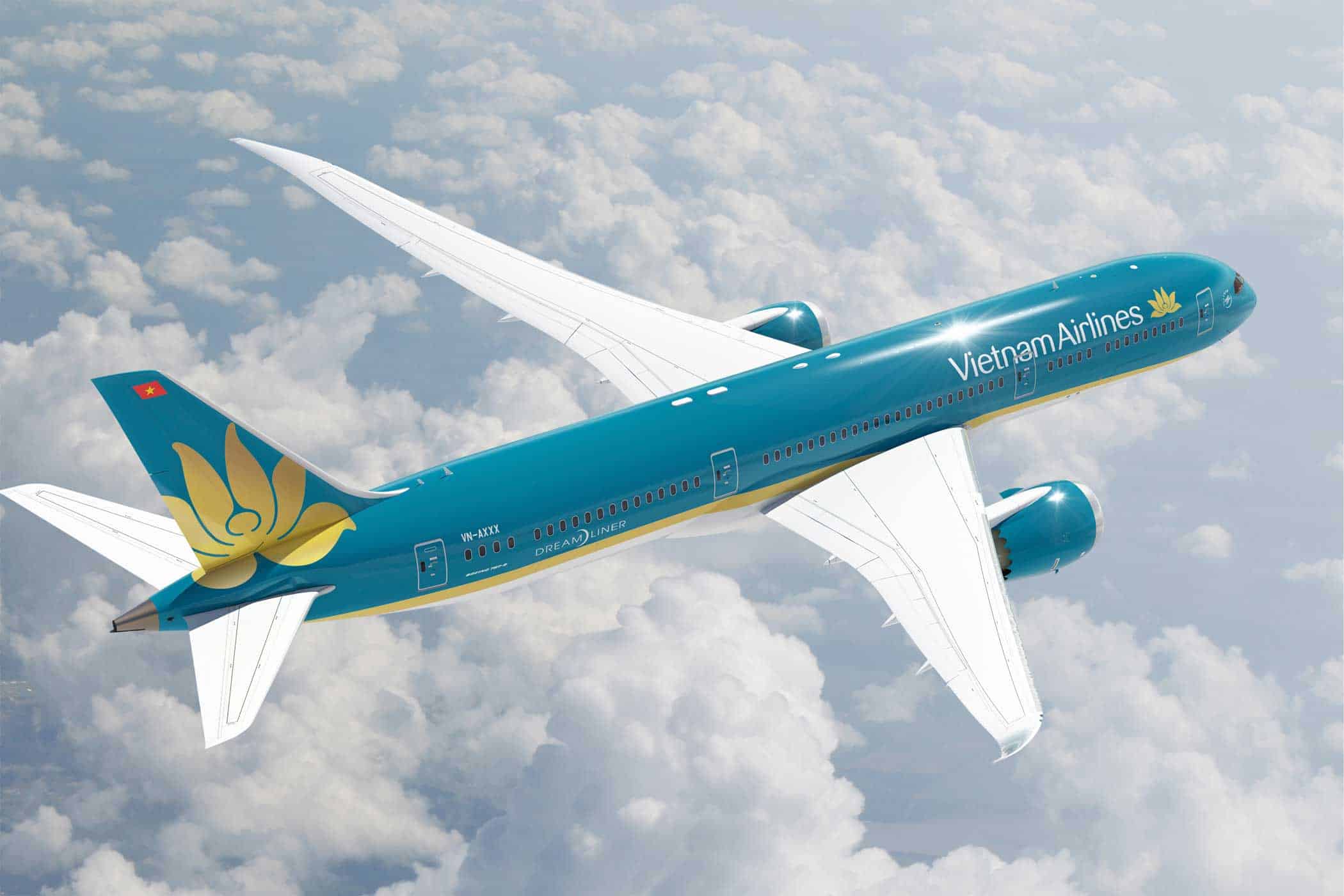 Vietnam extends visa-free entry until 2028 (Vietnam extends visa-free entry until 2028)
Vietnam extends visa-free entry until 2028 (Vietnam extends visa-free entry until 2028) ver.di integrates TGL and strengthens aviation presence (ver.di integrates TGL and strengthens aviation presence)
ver.di integrates TGL and strengthens aviation presence (ver.di integrates TGL and strengthens aviation presence) ver.di announces strike at Stuttgart Airport (ver.di announces strike at Stuttgart Airport)
ver.di announces strike at Stuttgart Airport (ver.di announces strike at Stuttgart Airport)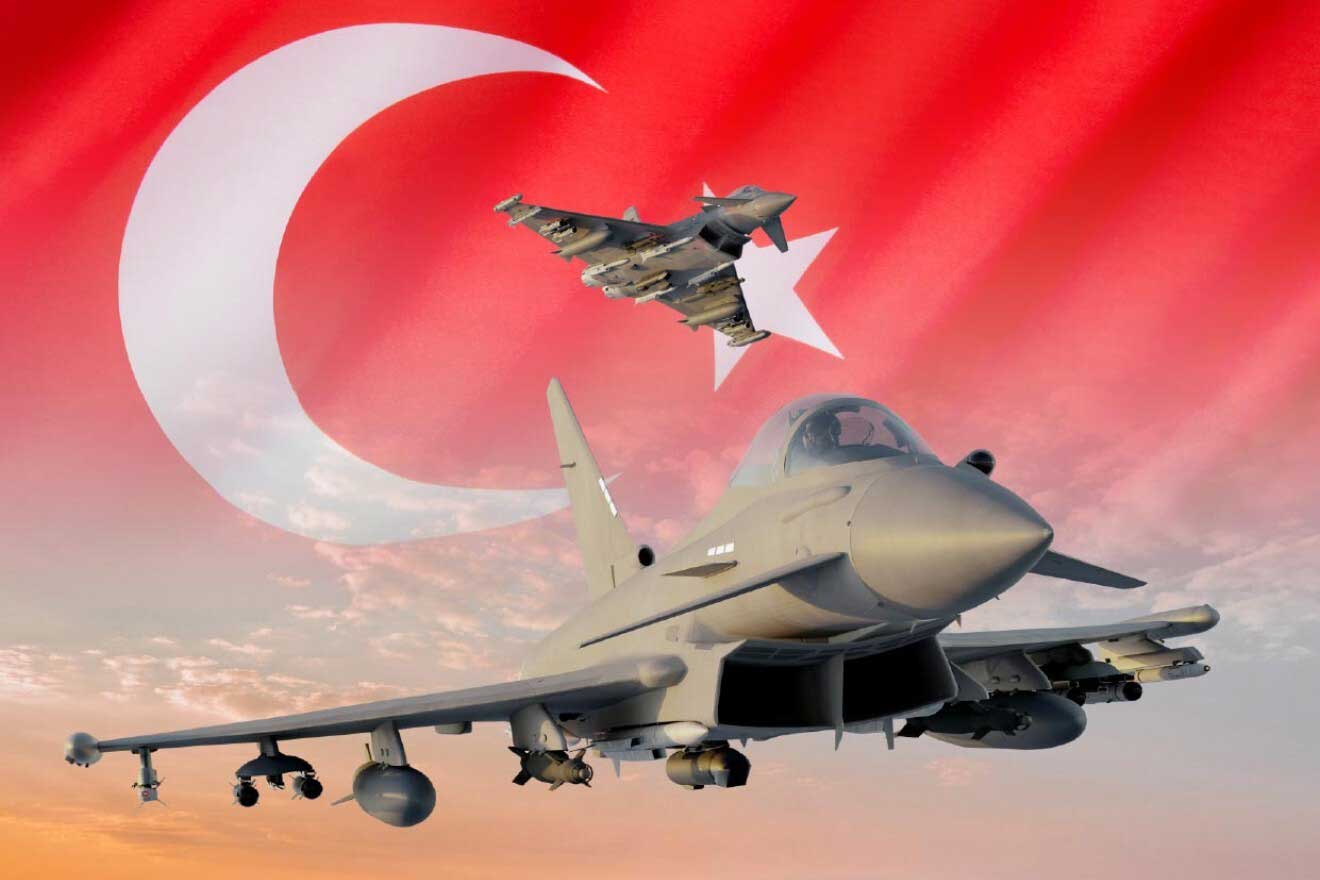 Türkiye joins the Eurofighter program and buys 20 Eurofighter Typhoons (Türkiye joins the Eurofighter program and buys 20 Eurofighter Typhoons)
Türkiye joins the Eurofighter program and buys 20 Eurofighter Typhoons (Türkiye joins the Eurofighter program and buys 20 Eurofighter Typhoons) Turkish Aerospace and Embraer strengthen aviation industry (Turkish Aerospace and Embraer strengthen aviation industry)
Turkish Aerospace and Embraer strengthen aviation industry (Turkish Aerospace and Embraer strengthen aviation industry)
